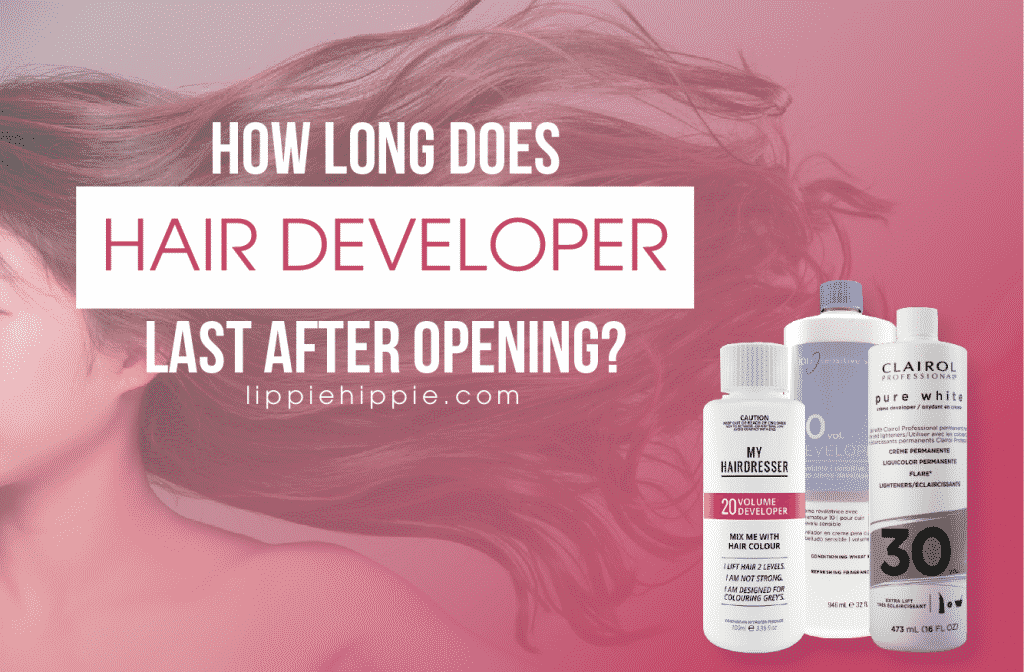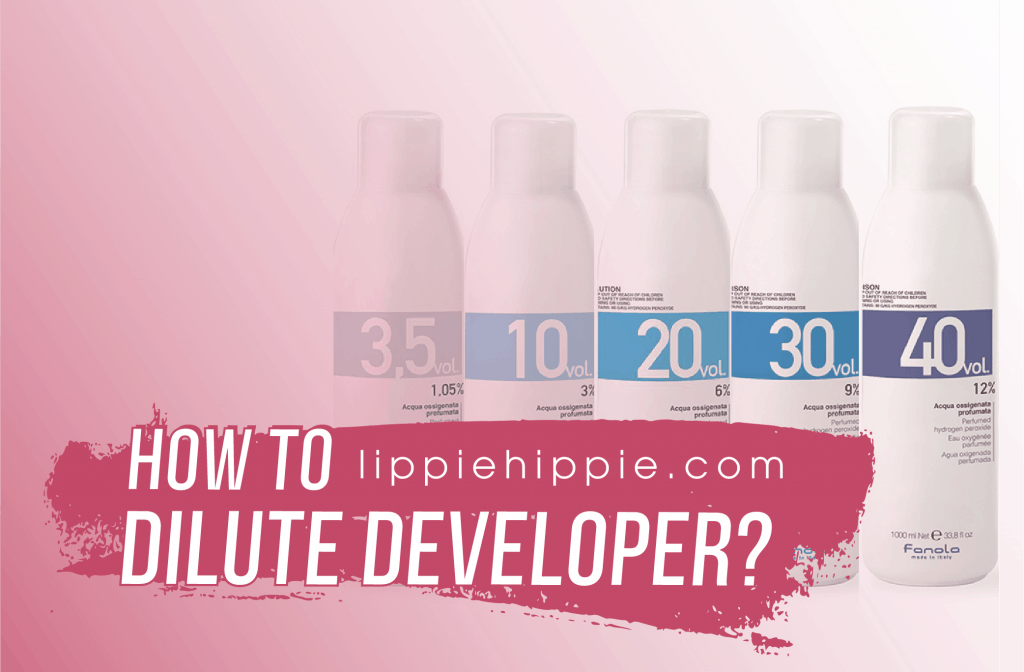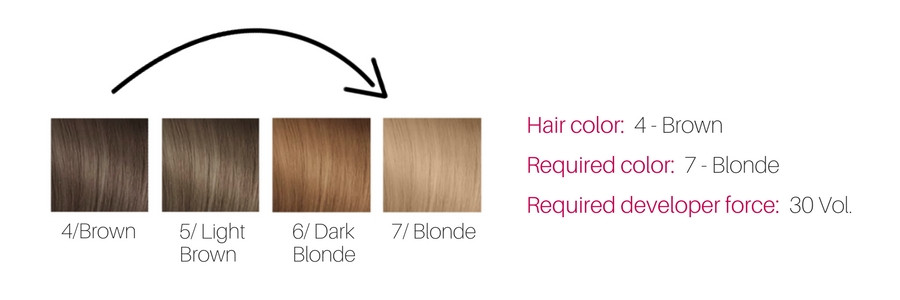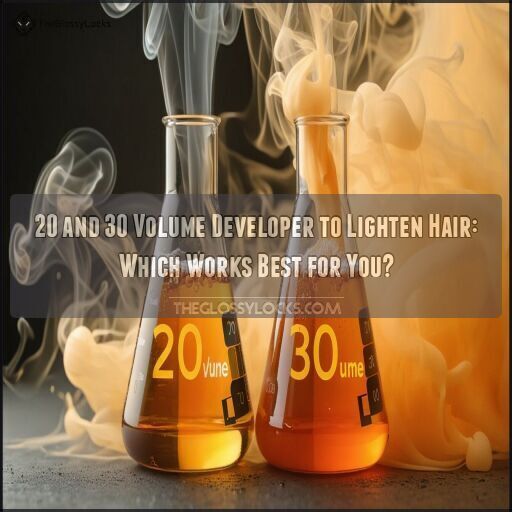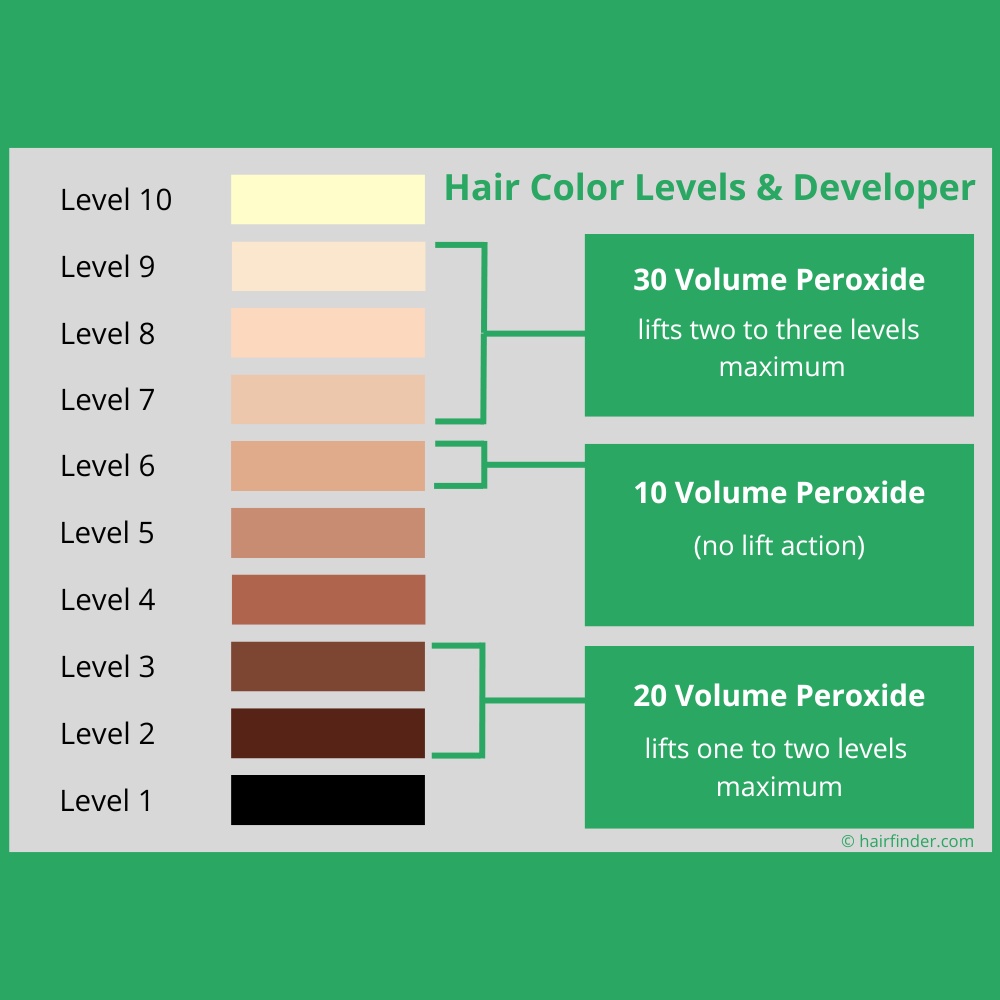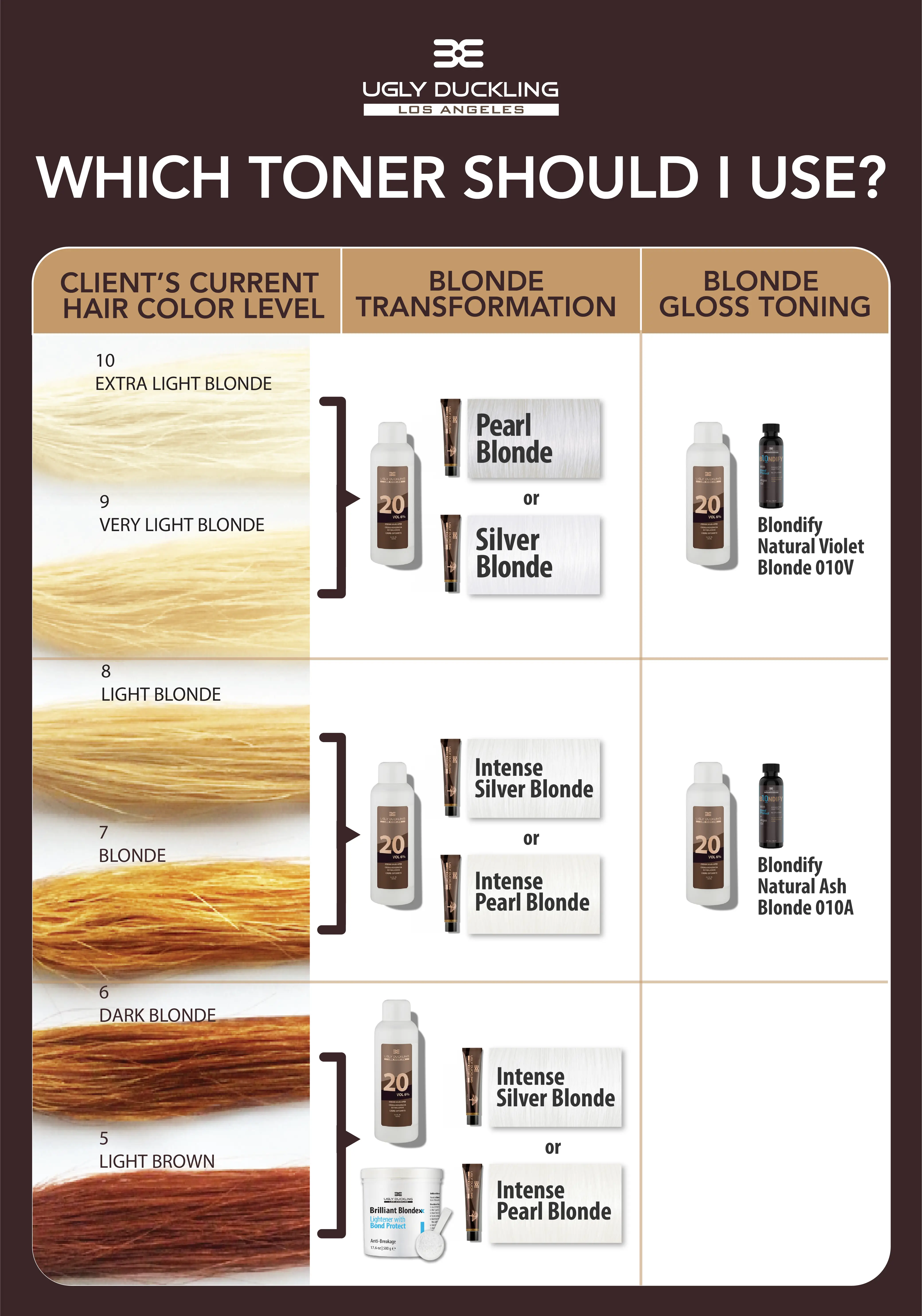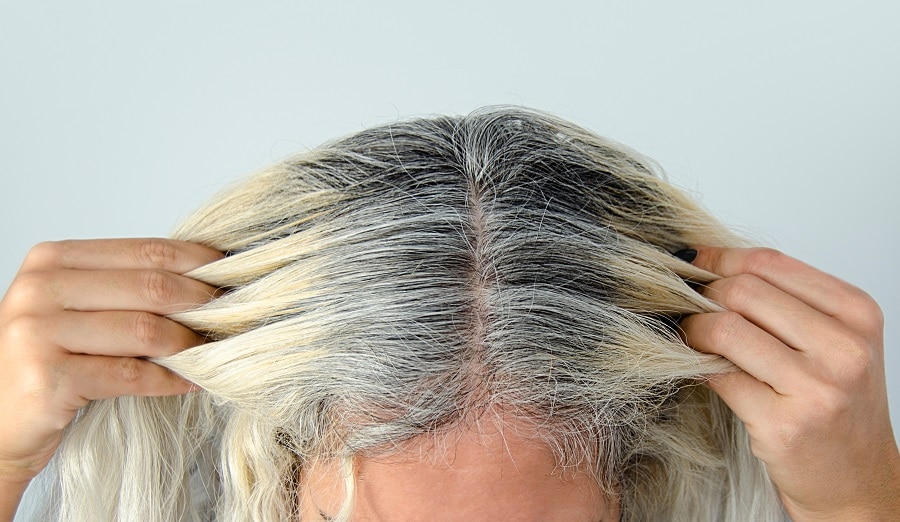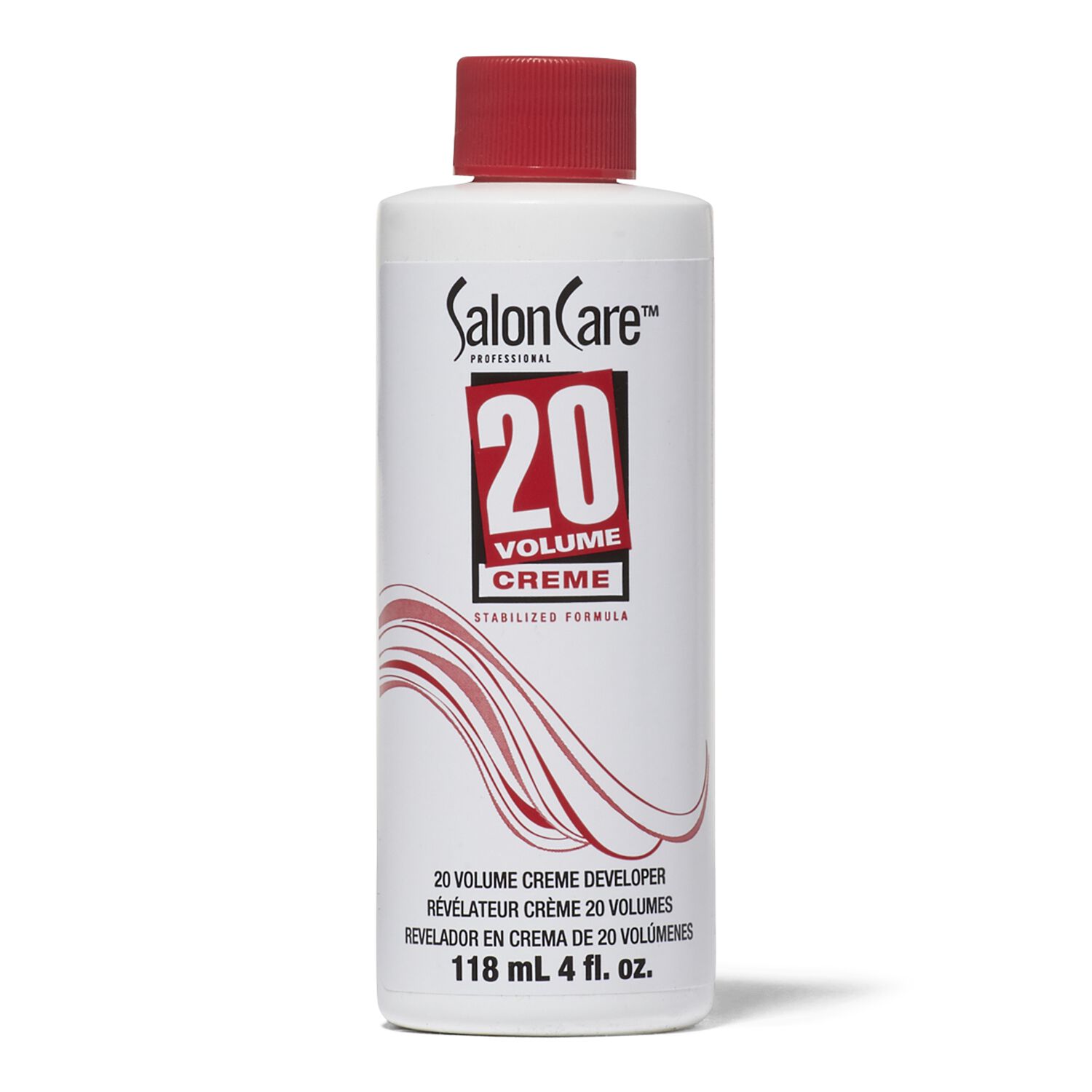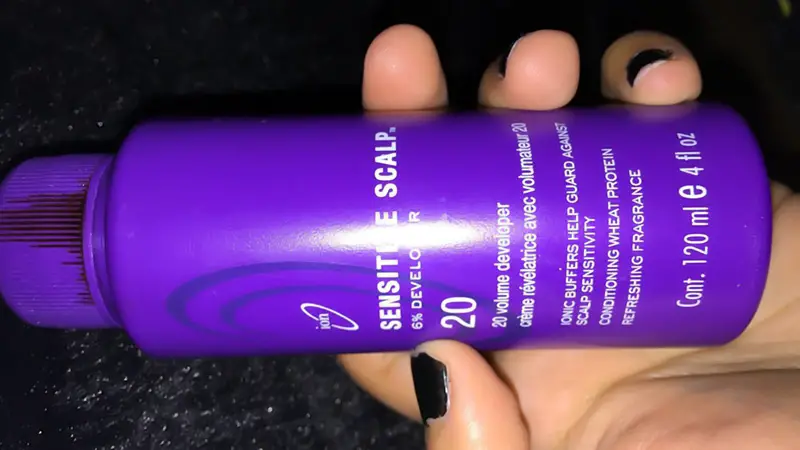20 Vol Vs 30 Vol Developer

Imagine standing in your bathroom, the air thick with anticipation. You're holding a bottle of hair color, ready to transform your look, but a nagging question lingers: 20 volume or 30 volume developer? The choice feels like a pivotal moment, the key to unlocking your hair's true potential or, potentially, unleashing a color catastrophe.
Choosing the right developer volume is crucial for successful hair coloring. This article will demystify the differences between 20 volume and 30 volume developers, exploring their uses, benefits, and potential risks. Understanding these nuances empowers you to make informed decisions, ensuring vibrant, healthy-looking hair.
What is Hair Developer?
Hair developer, also known as hydrogen peroxide, is an oxidizing agent. It plays a vital role in the hair coloring process. It works by opening the hair cuticle, allowing the dye to penetrate and deposit color.
Developer also lightens the natural hair pigment, creating a blank canvas for the new color. The volume of the developer indicates its strength, with higher volumes lifting more levels of color.
The Role of Volume
The volume of a developer refers to the concentration of hydrogen peroxide. This concentration determines its lifting power. 10 volume, 20 volume, 30 volume, and 40 volume are the most commonly used.
Lower volumes deposit more color with minimal lift, while higher volumes provide significant lightening. Therefore, the correct volume is essential for achieving the desired color result and maintaining hair health.
20 Volume Developer: The Gentle Giant
20 volume developer contains 6% hydrogen peroxide. It's considered a low-volume developer, offering gentle lifting action.
It primarily opens the hair cuticle and allows color to deposit, providing a slight lift of one to two levels. This makes it ideal for several hair coloring situations.
Ideal Uses for 20 Volume
Gray Coverage: 20 volume is excellent for covering gray hair. It effectively opens the cuticle, allowing the color to fully penetrate and adhere to resistant gray strands.
Deposit-Only Color: If you are staying at the same level or going darker, 20 volume is a good choice. It allows the color to deposit without significantly lightening the natural hair.
Toning: Many toners work best with 20 volume developers. It provides enough lift to neutralize unwanted tones while minimizing damage.
Root Touch-ups: Using 20 volume for root touch-ups blends seamlessly. It creates a smooth transition between previously colored hair and new growth.
Benefits of Using 20 Volume
The main benefit of 20 volume is its gentleness. It minimizes damage compared to higher volumes. This is particularly important for already damaged or fragile hair.
20 volume provides predictable results. It's less likely to over-process the hair, making it a reliable choice for consistent color outcomes.
30 Volume Developer: The Color Transformer
30 volume developer contains 9% hydrogen peroxide. It offers a more substantial lift than 20 volume, lifting two to three levels.
It's a versatile developer suitable for various coloring techniques. It can handle more significant color changes.
Ideal Uses for 30 Volume
Lifting Darker Shades: 30 volume effectively lifts darker starting shades. It's a necessity for achieving lighter colors, such as blonde or light brown, on darker hair.
Significant Color Changes: When changing your hair color drastically, 30 volume can help. It helps create a brighter, more vibrant result.
Highlighting: 30 volume is commonly used for highlighting. It provides the necessary lift to create noticeable contrast between highlights and the base color.
Balayage: Achieving a sun-kissed balayage look often requires 30 volume. It provides a gradual lift that gives the hair a natural, dimensional appearance.
Benefits of Using 30 Volume
30 volume offers faster processing times. It allows for quicker color changes compared to lower volumes.
It provides more noticeable results, especially when lightening darker hair. This can save time and effort in achieving the desired color.
Comparing 20 Volume and 30 Volume: Key Differences
The key difference lies in the lifting power. 20 volume lifts one to two levels, while 30 volume lifts two to three levels. This difference impacts the color outcome and potential damage.
20 volume is gentler and better suited for deposit-only color or slight lifting. 30 volume is stronger and ideal for significant color changes or lightening.
Consider your hair's current condition. Healthy hair can typically handle 30 volume, while damaged or fragile hair benefits from the gentler approach of 20 volume.
Potential Risks and Considerations
Using the wrong developer volume can lead to damage. Over-processing can result in dry, brittle hair that is prone to breakage.
Higher volumes like 30 volume can cause scalp irritation or burns if not used properly. Always conduct a strand test before applying the developer to your entire head.
Incorrectly selecting the developer can result in an undesirable color. This may require corrective color services to fix, potentially causing further damage.
Making the Right Choice
Assess your hair's current condition and your desired color result. These are key to choosing between 20 volume and 30 volume.
For subtle changes, covering gray, or deposit-only color, 20 volume is usually the safer bet. For significant lightening or vibrant color transformations, 30 volume might be necessary, but proceed with caution.
When in doubt, consult a professional hairstylist. They can assess your hair and recommend the best developer volume for your specific needs.
According to the American Academy of Dermatology, excessive hair dyeing can lead to hair damage and breakage. Choosing the right developer volume minimizes these risks.
Remember, a strand test is your best friend. Always test the developer and color combination on a small section of hair before applying it to your entire head. This helps you predict the color outcome and assess potential damage.
Beyond Volume: Other Factors to Consider
The brand and quality of the developer matter. Professional-grade developers often contain conditioning agents that help protect the hair during the coloring process.
Pay attention to the mixing ratio. Follow the instructions on your hair color product carefully. Using the correct ratio ensures optimal color development and minimizes the risk of damage.
Processing time is crucial. Over-processing can lead to damage, while under-processing can result in an undesirable color. Monitor your hair closely during the processing time and rinse when the desired color is achieved.
Conclusion: Empowered Coloring
Choosing between 20 volume and 30 volume developer doesn't have to be daunting. Understanding their differences and considering your hair's specific needs empowers you to make informed decisions.
Whether you opt for the gentle touch of 20 volume or the transformative power of 30 volume, prioritize hair health and take your time. Ultimately, the goal is to achieve your desired color while keeping your hair strong and vibrant.
So, go ahead, embrace the world of hair color with confidence. Remember, with a little knowledge and care, you can unlock your hair's true potential and express your unique style.

